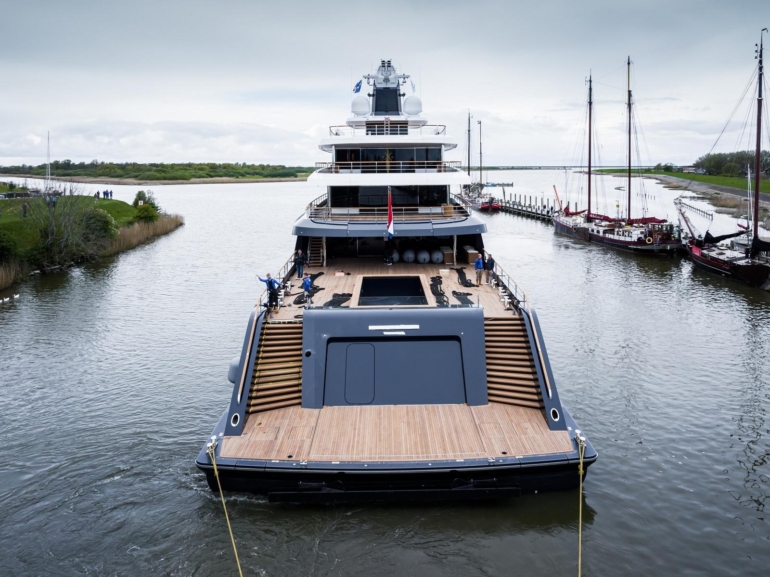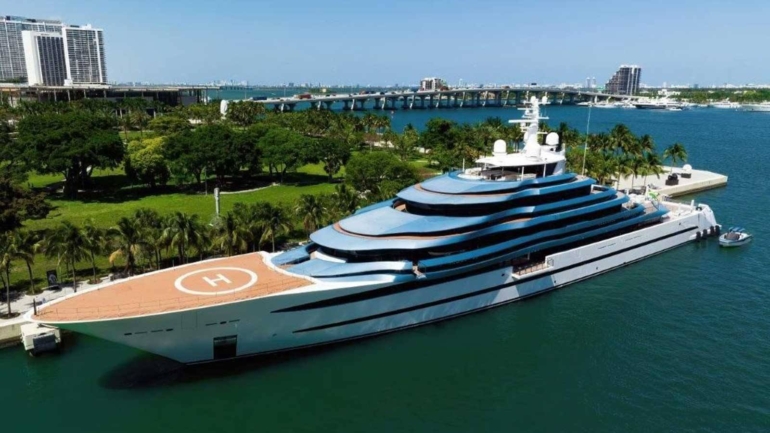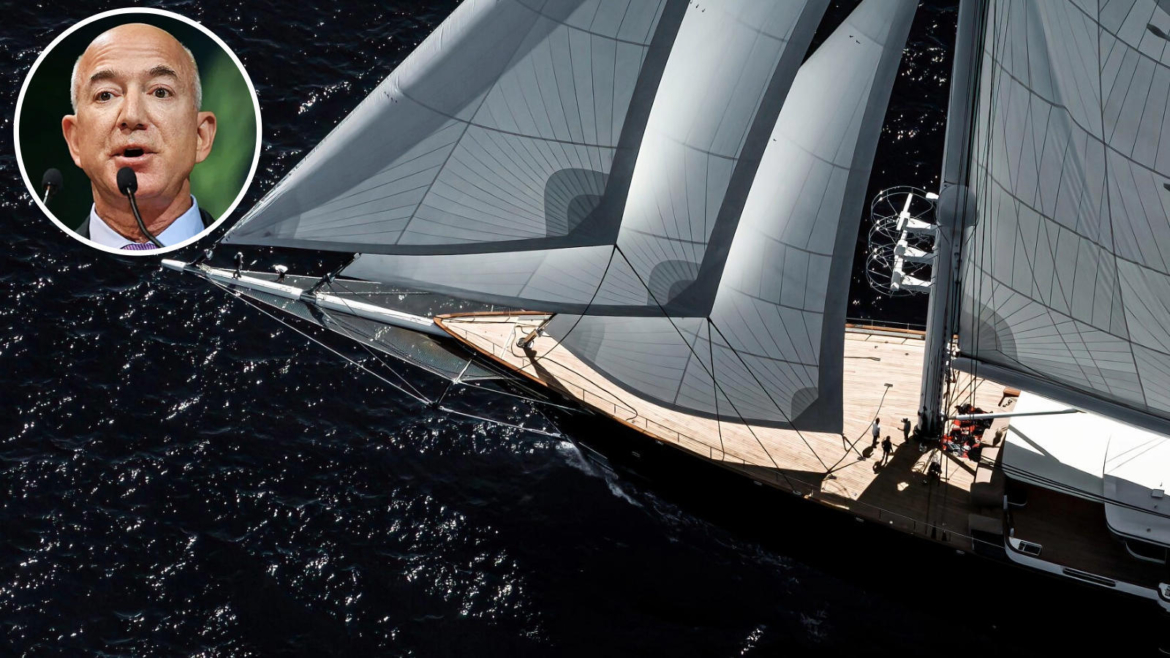Superyachts inspire admiration and animosity in equal measure, hailed for their opulence and condemned for their excess. A luxury vessel may be lauded for its helipads, Nemo lounges, wine cellars, and lavish spas, only to be condemned for its massive size and environmental impact. Not long ago, Amazon founder Jeff Bezos’s megayacht Koru, a $500 million behemoth, came under fire for its teak decking.

Yacht builder Oceanco was fined €150,000 for using illegally sourced Myanmar teak, often called the Rolls-Royce of woods for its exceptional quality. However, sourcing it legally is a challenge, prompting industry experts like shipbuilder Nick Mulder and yacht designer Guido de Groot to explore alternative materials.

Mulder believes the key factor isn’t where the wood comes from, but how long the trees are allowed to grow. He has even tested artificial teak on his own boat, calling it maintenance-free and sustainable. “Real wood remains the most beautiful,” he admits, “but synthetic is fine.” De Groot takes an even bolder stance, suggesting plastic instead. “In terms of look and properties, it already resembles quality teak, and advancements are happening rapidly. In my eyes, this is the future, if not already the present. Plus, you can get creative with it, embed patterns into the deck, illuminate a logo with LED lights, or play with different line designs.”

While the idea has merit, would ultra-high-net-worth individuals, who wouldn’t tolerate a plastic chair in their homes, really embrace plastic for their floating palaces? They already face scrutiny for the sheer size and fuel consumption of their multimillion-dollar yachts. Turning them into palaces of plastic would send eco-activists into a frenzy. Still, with wood becoming more precious by the decade, alternatives are worth considering. The real question is: would a billionaire rather endure backlash for using Myanmar teak or sail in serenity with plastic decks? We can already guess the answer.

